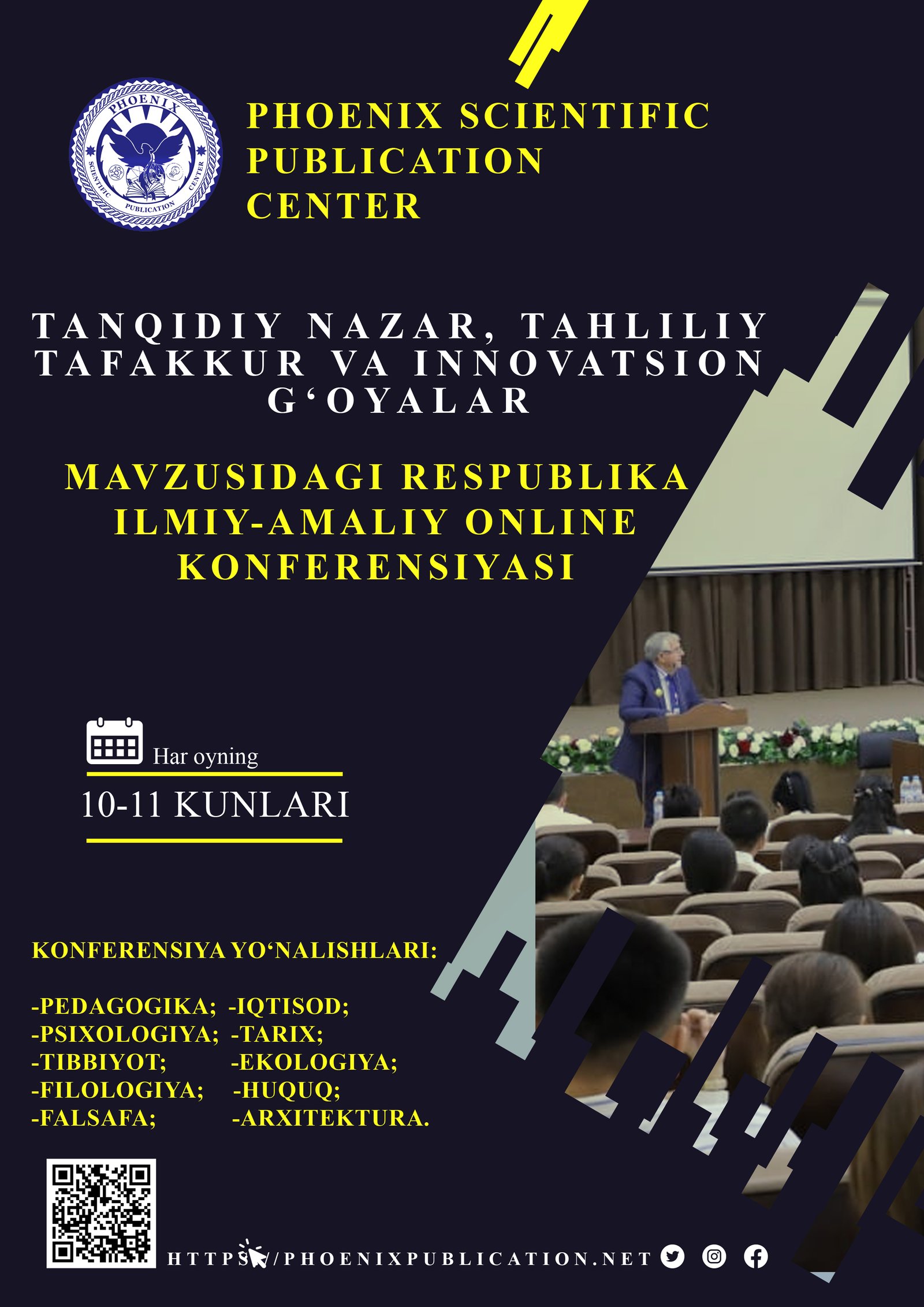Abstract
This paper explores the intersection of linguistics and translation within the framework of comparative approaches in foreign language teaching. It examines how linguistic theories and translation methodologies contribute to the development of language proficiency and intercultural competence. By analyzing different pedagogical models, the study highlights the benefits of using translation as a didactic tool for enhancing comprehension, accuracy, and fluency in a foreign language. The research also addresses challenges in balancing communicative and structural aspects in language instruction. Ultimately, the paper underscores the importance of an integrated approach that leverages linguistic insights and translation strategies to optimize language learning outcomes.
References
Baker, M.In Other Words: A Coursebook on Translation (3rd ed.). Routledge. (2018).
2. Cook, G. Translation in Language Teaching: An Argument for Reassessment. Oxford University Press. (2010).
3. Gass, S. M., & Selinker, L. Second Language Acquisition: An Introductory Course (5th ed.). Routledge (2019).
4. House, J. Translation as Communication across Languages and Cultures. Routledge. (2016).
5. Krashen, S. D. Principles and Practice in Second Language Acquisition. Pergamon Press (1982).
